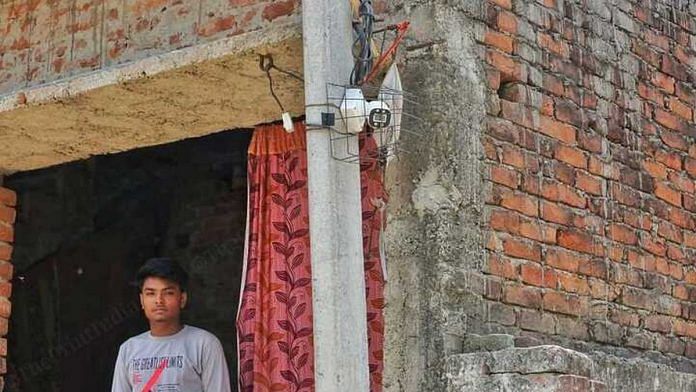Gorakhpur: In Uttar Pradesh’s Nakaudi Khas village, CCTV cameras are like god. Every morning, homemaker Sunita* bows her head and does a namaste in gratitude in front of the two CCTV cameras perched on the electricity pole outside her house in the Gorakhpur village.
When Sunita’s 21-year-old daughter tried to elope with a former classmate, she was found only thanks to the cameras installed in the village.
The incident took place six months ago, when Nakaudi Khas had only 20 cameras. That night, when the young woman didn’t return home, Sunita and the other villagers went to sarpanch Guddu Singh’s house to check the CCTV feed. Within a day, the girl and her lover were found at the Gorakhpur railway station preparing to leave the city.
Sunita, who still uses a black-and-white keypad phone, is in awe of the cameras. She calls them a “miracle of god”.
“I will always be thankful to these cameras for helping me find my daughter,” she said, pulling her dupatta to cover her mouth.
An unassuming village that is home to just 2,000 residents, Nakaudi Khas is located on the outskirts of Gorakhpur city, the stronghold and home constituency of UP Chief Minister Yogi Adityanath.
Nakaudi Khas is often referred to as the “London of Gorakhpur” by the locals because of the CCTV cameras blinking across the village.
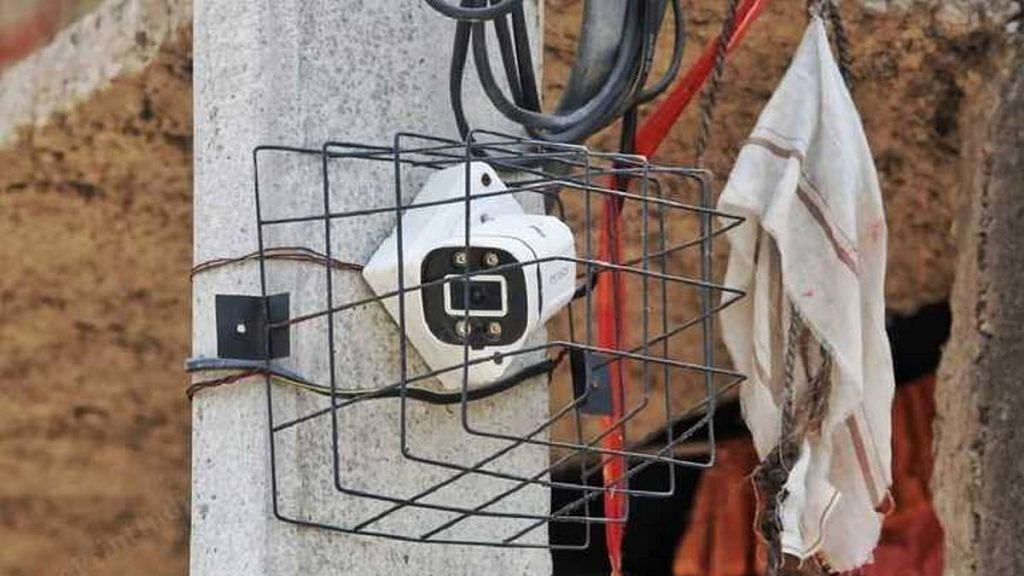
The crackdown on the eloping couple has converted almost everyone in the village. Today, the streets of Nakaudi Khas are under the surveillance of 103 CCTV cameras. They are fitted to electricity poles, mounted on the top of walls, and cover almost 90 per cent of the village.
And the residents want more and more.
Villagers who were previously opposed to the installation of CCTVs are now demanding cameras in areas not yet covered.
They claim that the cameras have nearly ended once-frequent crimes in the village, such as street fights and water motor robberies.
“We are the only crime-free village in Gorakhpur. The fear of the camera is such that people think twice before engaging in anything wrong,” boasted sarpanch Guddu as he sat on a charpoy surrounded by village men. The claim is even backed by the police officer in the area.
The intense CCTV coverage here is the outcome of two related surveillance schemes of the Gorakhpur Police — Operation Trinetra (Operation Third Eye) and Har Ghar Camera (A Camera in Every House) launched last year — but despite the perceived reduction in crime, the results have not pleased everyone equally.
The young men and women in the village are feeling the heat. Their furtive love stories have come to an abrupt end. Their freedom has been choked to death.
“Now, we can’t even go anywhere with friends,” said 20-year-old village resident Komal. “They will monitor us on the cameras.”
Also Read: Yogi Maharaj’s Gorakhpur darbar is a one-stop solution for everything — grooms and goons
‘Har Ghar Camera’
Such is the success of the CCTV programme in Gorakhpur that other cities in Uttar Pradesh are lining up for it. Lucknow is proposing to launch it too.
A year ago, the village came under the ambit of Operation Trinetra, an initiative of the Gorakhpur police under the supervision of additional director general (ADG) Akhil Kumar.
The idea behind the operation was to curb crimes such as robbery, sexual harassment, and chain snatching by introducing greater CCTV coverage across the district. The Naukadi Khas sarpanch was the early adopter and enthusiastically evangelised others in the panchayat to agree. To ensure that the cameras were installed, the police sought the support of affluent locals.
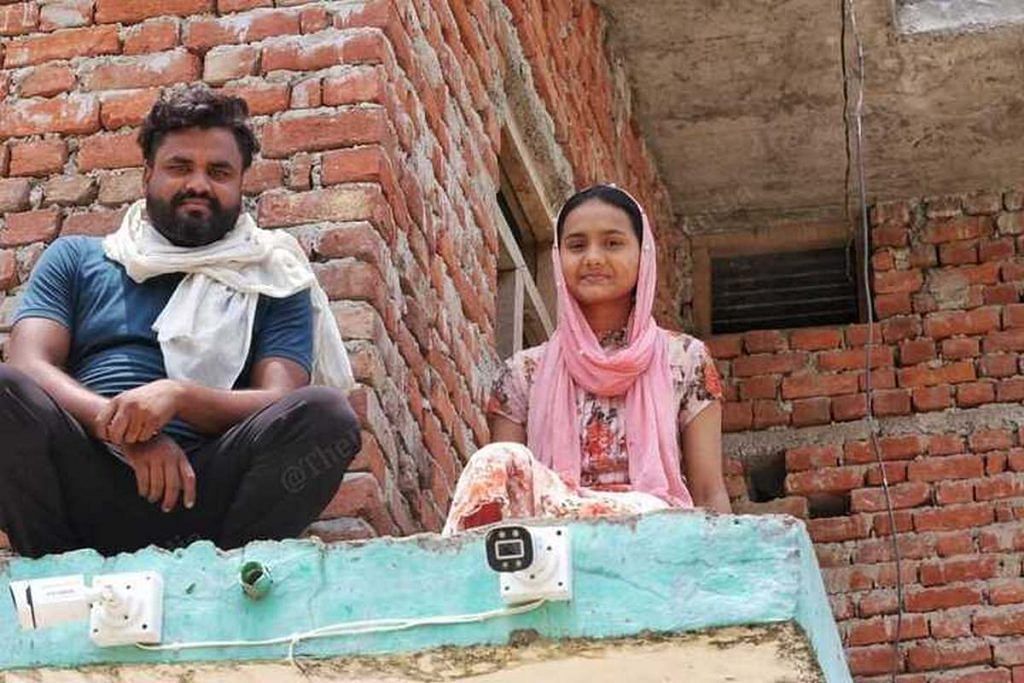
“We motivated industrialists, traders, doctors, and hospital owners to own certain crossings. The cost estimate we made was nearly Rs 1 lakh per crossing with three to four cameras. Then, we requested the local citizens and they came forward in huge numbers and sponsored the cameras,” said ADG Kumar.
These sponsors, called Trinetra ambassadors, were given various types of encouragement by the police — from police bands to events where they were ceremoniously garlanded.
“A lot of people are interested in public service but they need certain recognition in a unique way,” ADG Kumar added.
The programme was deemed to be a success in Gorakhpur city, and last October, it was decided to be introduced in villages as well. For this, the state’s Panchayati Raj Department was brought on board.
Around 6,000 pradhans agreed to sponsor and give Rs 1 lakh to install cameras at rural road crossings passing through their village. There are 400 locations where such cameras are installed, the ADG claimed.
Also last October, the Gorakhpur Police launched a new initiative called Har Ghar Camera.
Under this programme, the locals were encouraged to install cameras outside their houses for better scrutiny and surveillance to help curb crime.
When Nakaudi Khas sarpanch Guddu heard about Har Ghar Camera, he decided to not just come aboard, but to cover the entire village with CCTVs.
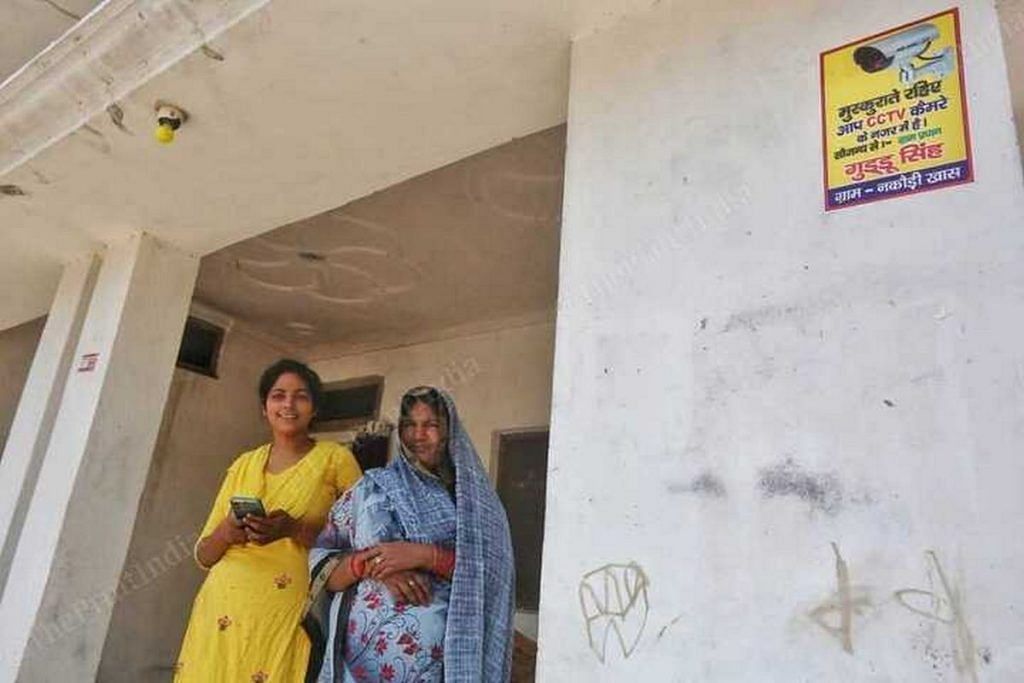
Guddu, who also runs a business in Gorakhpur, invested Rs 10 lakh from his personal account and ensured that cameras were installed throughout the village.
“When I learnt about the success of the CCTV cameras. I was intrigued. I couldn’t sleep that night. The next morning, I called a meeting of the villagers and made them understand the importance of cameras,” Guddu said.
“Initially, the villagers were reluctant but eventually they came around,” he added. Over the next six months, the cameras have more than doubled, with the sarpanch sponsoring the effort.
A poster behind him reads: “Muskurate rahiye, aap CCTV camera ke nazar mei hai” — Please smile, you are under the gaze of a CCTV camera.
‘Scrutiny of young women has increased’
It’s not the police that is watching the CCTV feed of Nakaudi Khas. It is the sarpanch. Instead of physically patrolling the area, sarpanch Guddu now monitors the entire village from the comfort of his two-storeyed white bungalow.
With a large TV screen displaying live feeds from the cameras, Guddu can keep tabs on virtually every corner of Nakaudi Khas. It is his very own command-and-control centre.
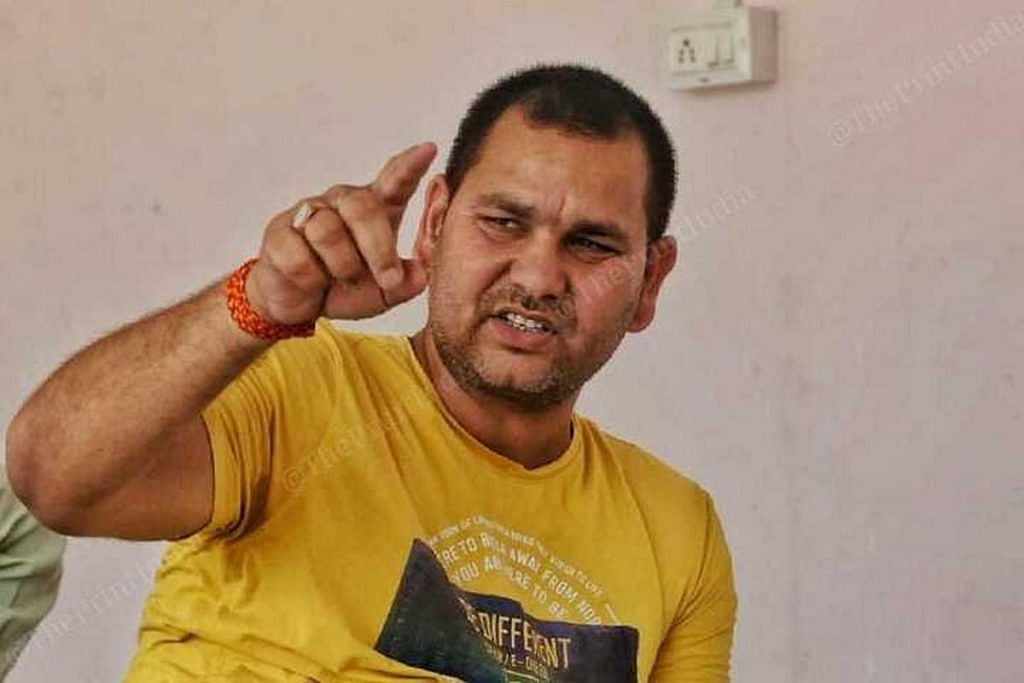
On a sweltering Sunday in May, for instance, Guddu monitored some road construction work in the village through the CCTV and guided the workers on the phone instead of going out. If he is not at home, he keeps an eye on the village through his phone.
“Life has become easier since CCTVs have been installed in my village. See, I can sit in my room and keep a check on the entire village,” Guddu laughed as he pressed buttons on the remote.
Many women in the village are satisfied with the results.
Gathered with a group of other women, 25-year-old Rishu Singh said she feels she can now come and go to work anytime. She is the sole breadwinner in her family and goes to the city for her part-time job.
She recalled that before the advent of the CCTV cameras, men would play cards on the streets and harass women.
“Now these men are nowhere to be seen. Such is the fear,” Rishu laughed.
Devi, a 60-year-old resident, chimed in, comparing the cameras to the all-seeing third eye of the gods, granting knowledge of both the good and the bad.
“Now these young girls and boys who were earlier eloping can’t do that,” said Devi. The other women at the square, most of whom keep their heads veiled, nodded in agreement.
Behind the curtain of her bedroom is 20-year-old Komal, dressed in a black t-shirt and jeans and combing her long wavy hair.
“Is love a crime?” she asked Devi. “Nothing has changed after the cameras. Only the scrutiny on young women has increased.”
Devi snapped back: “See, how she is arguing? This is why we want cameras. To keep them in line.”
Name changed since ‘Sunita’ wanted to remain anonymous.
(Edited by Asavari Singh)
Also Read: GreNo is Greater Noida’s new upmarket tag. It’s no more a step-sister to Noida


